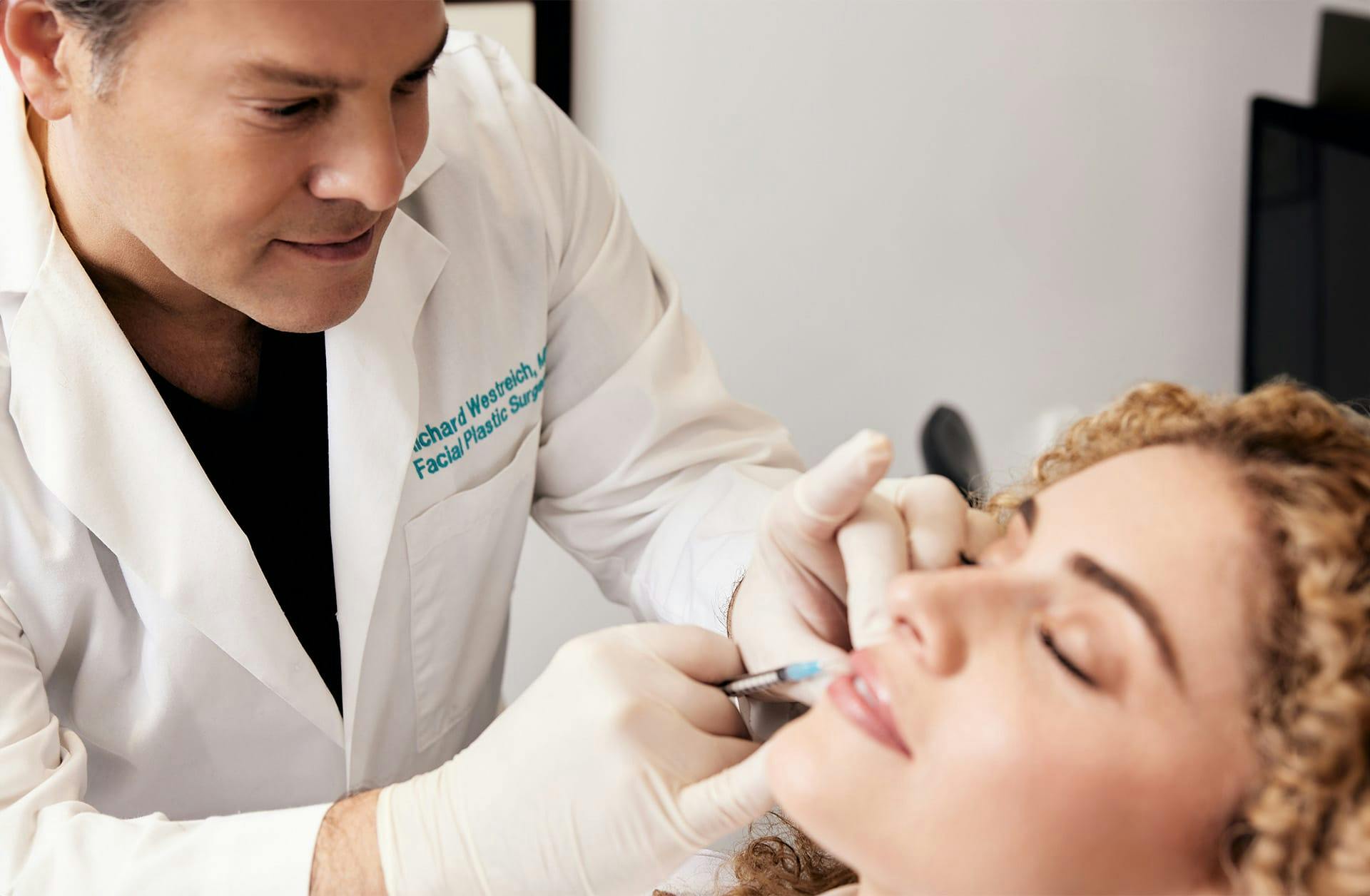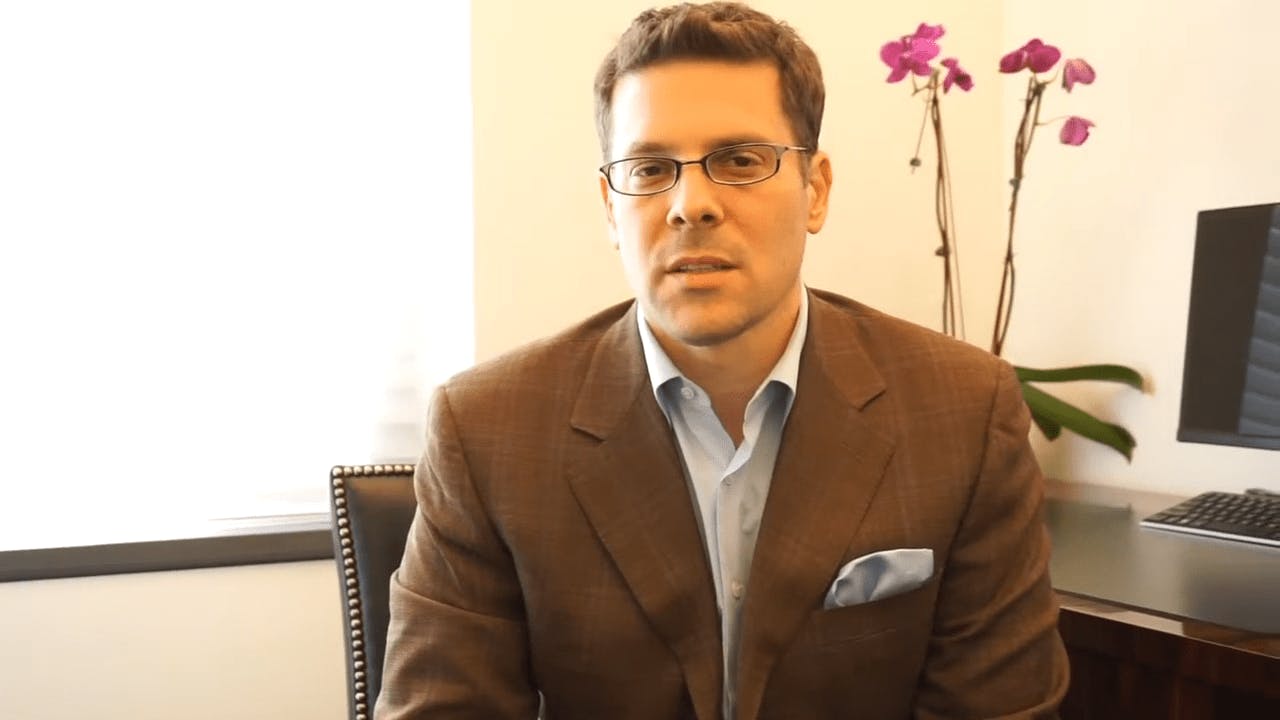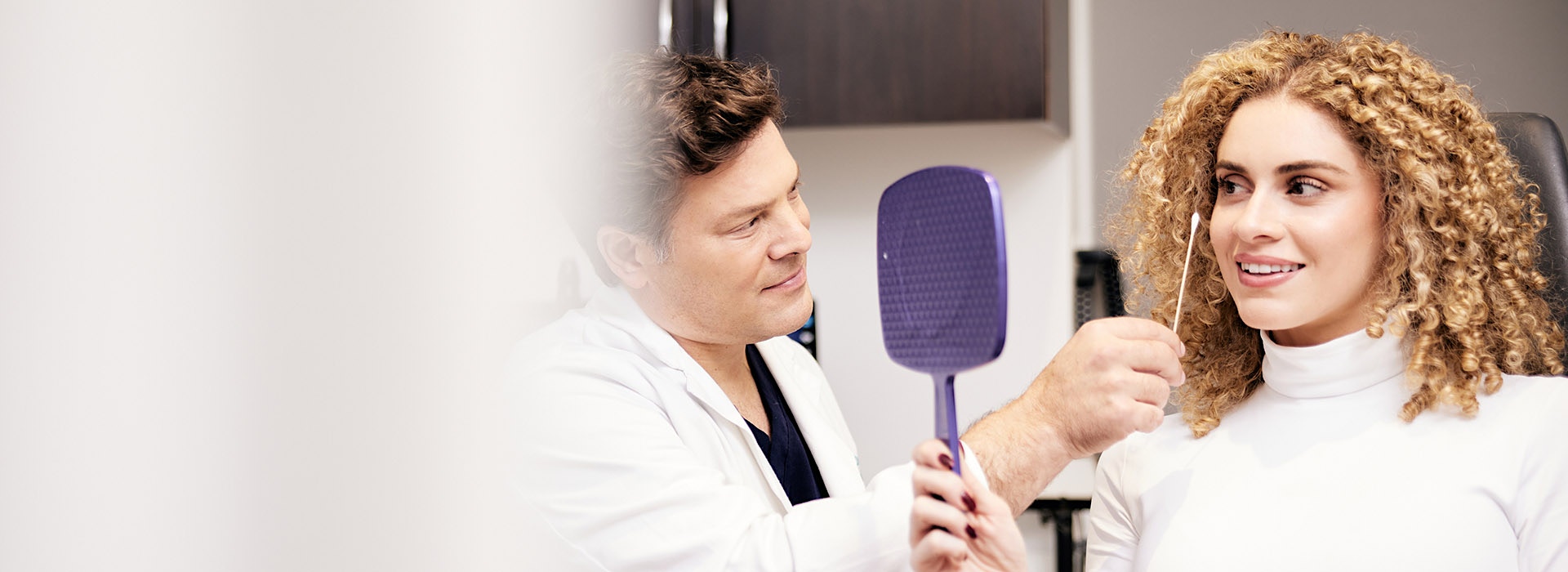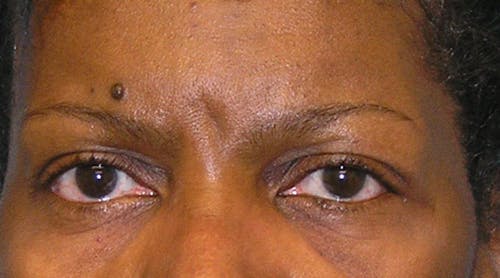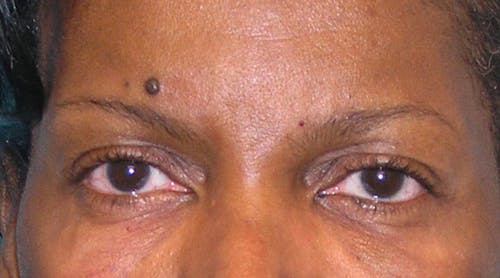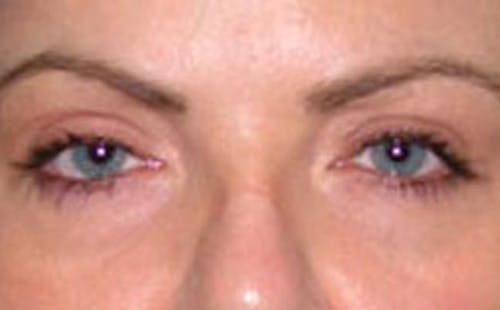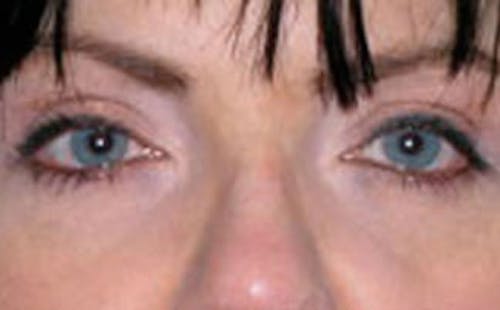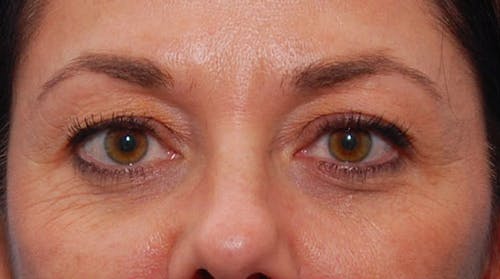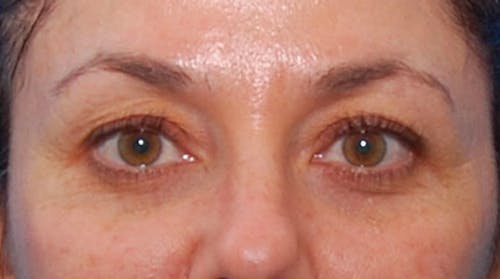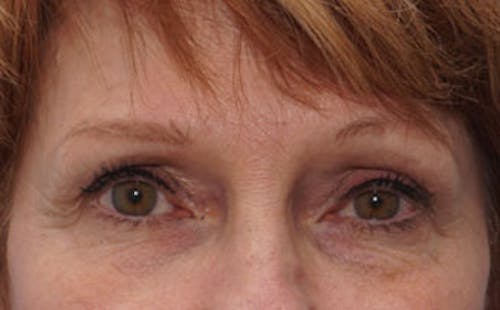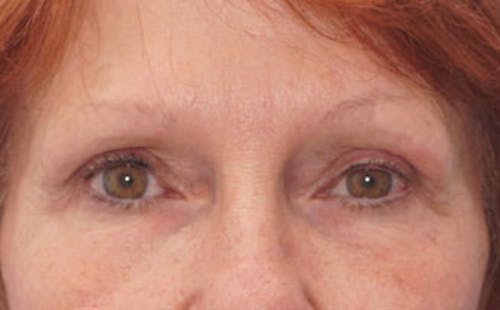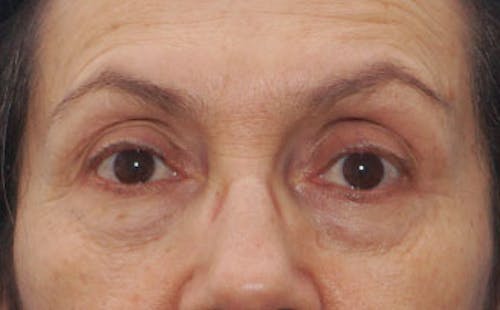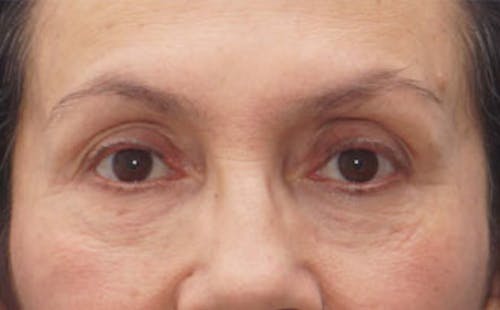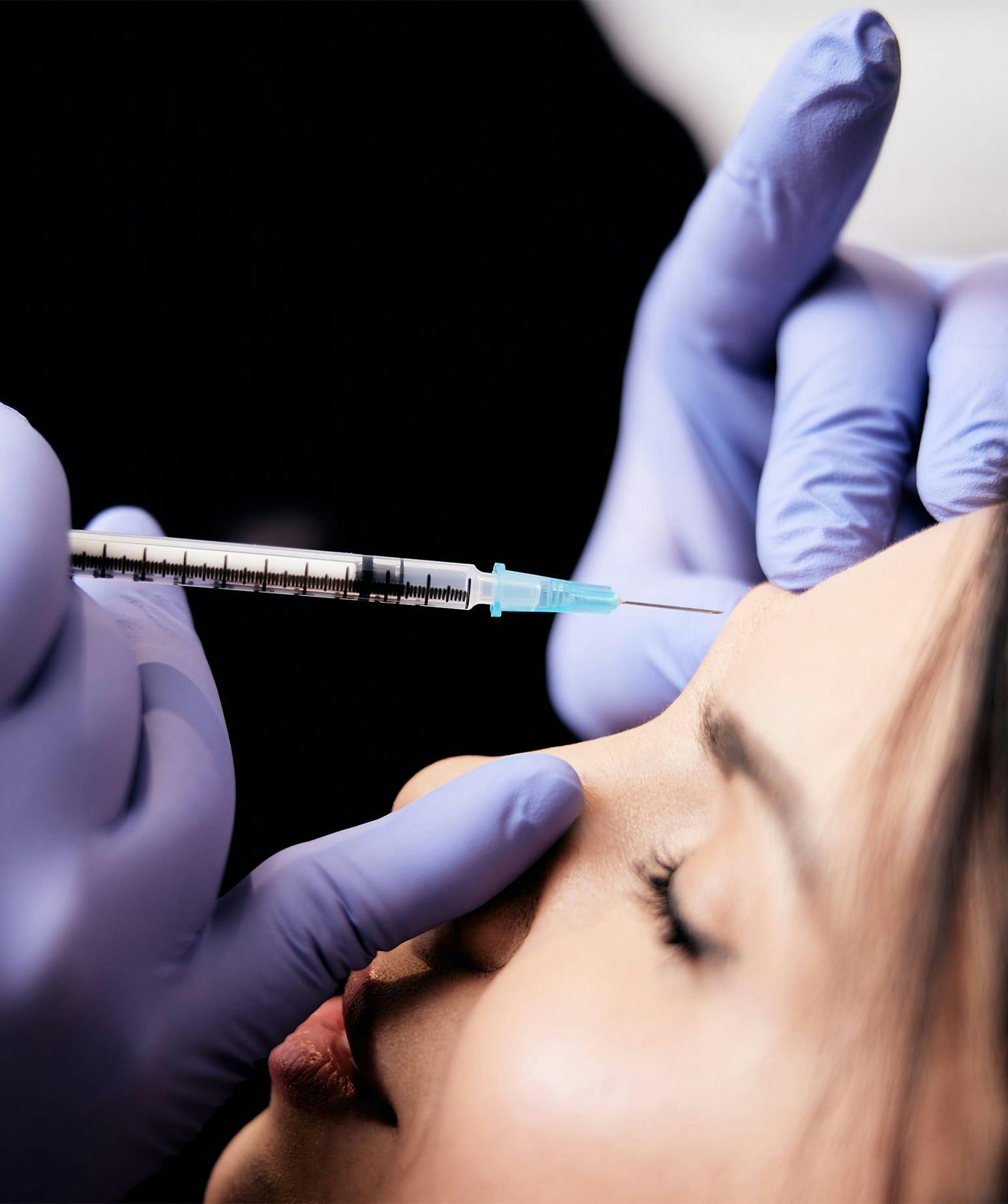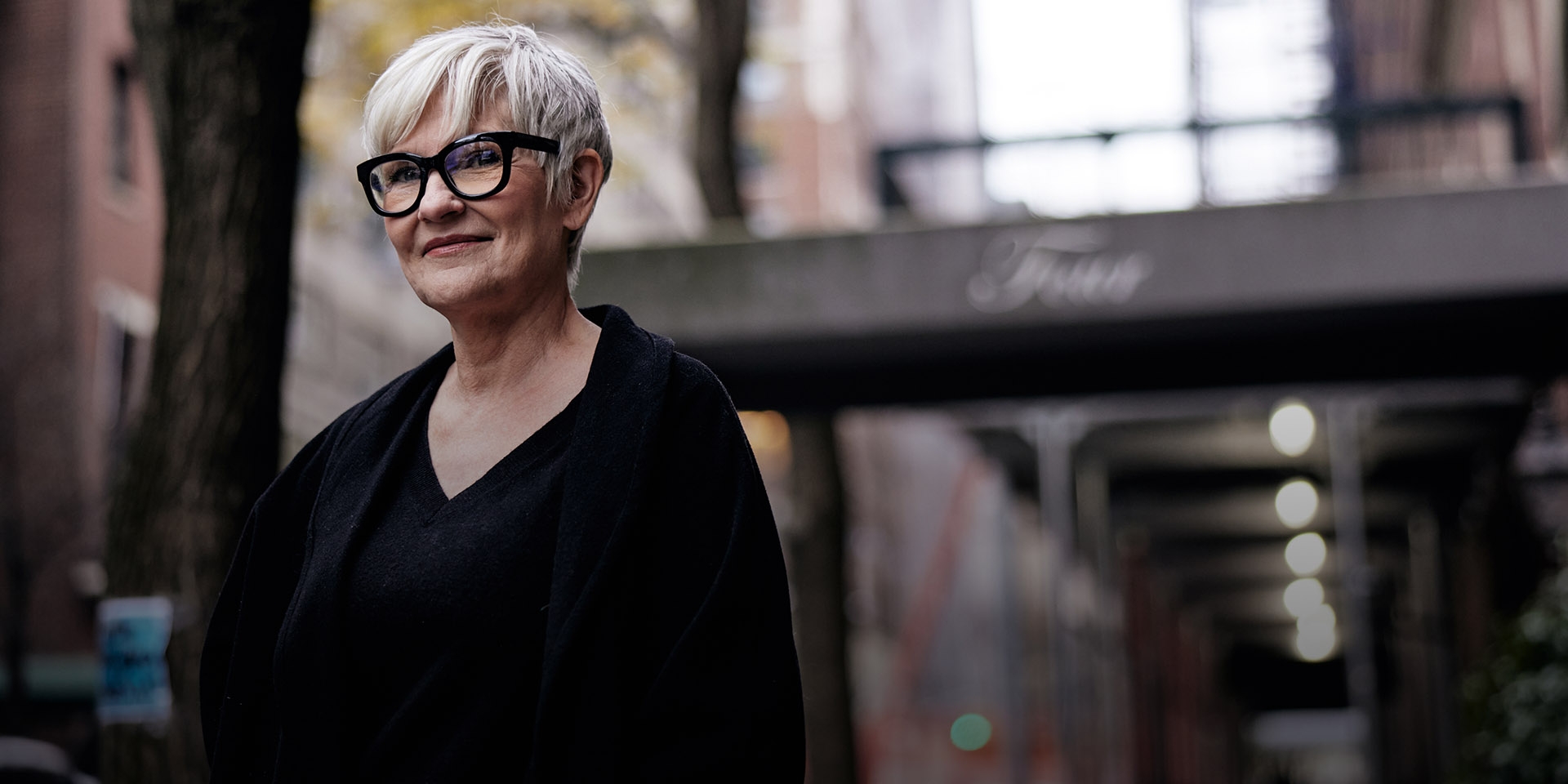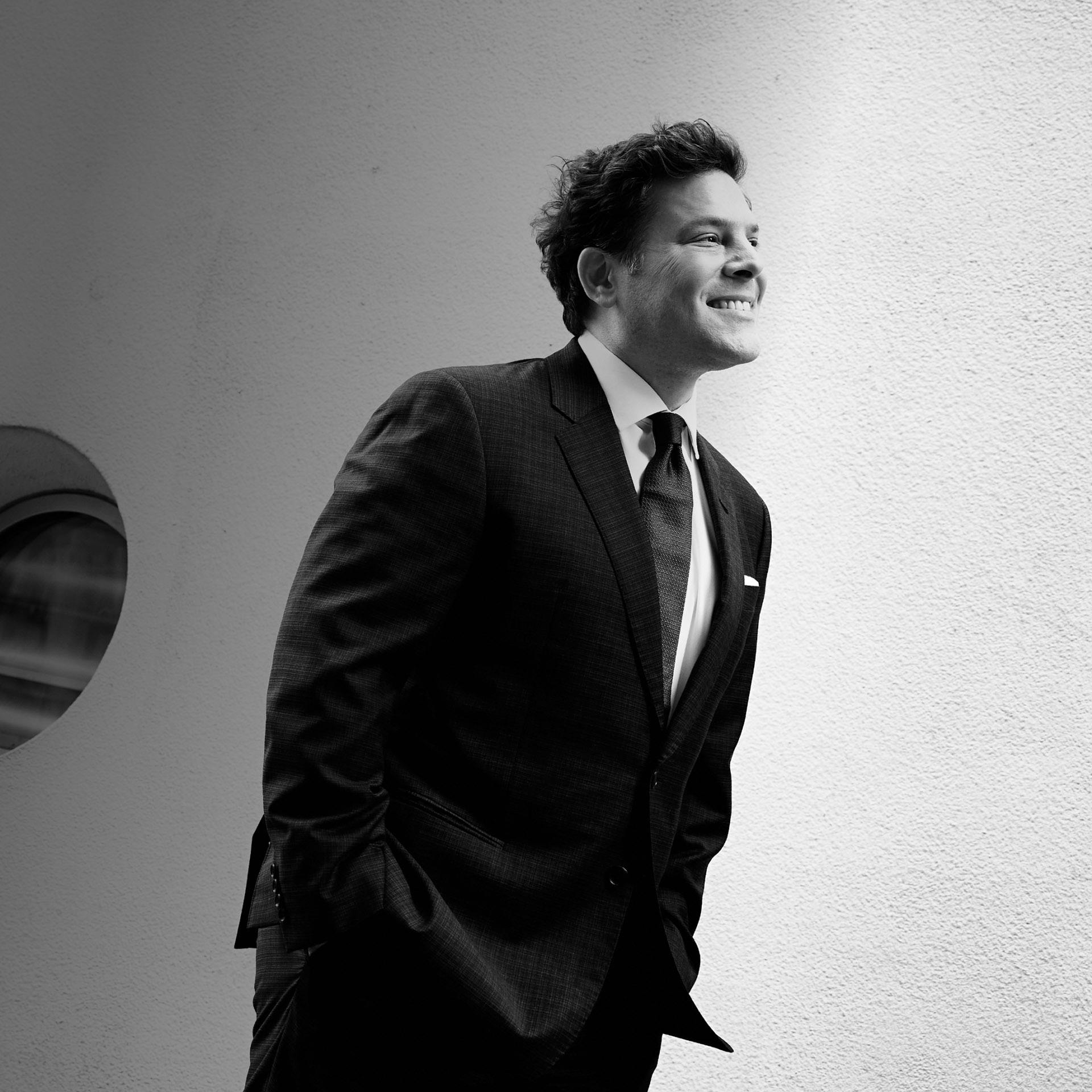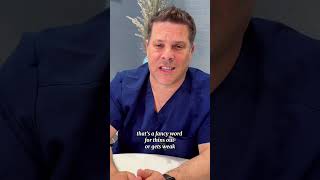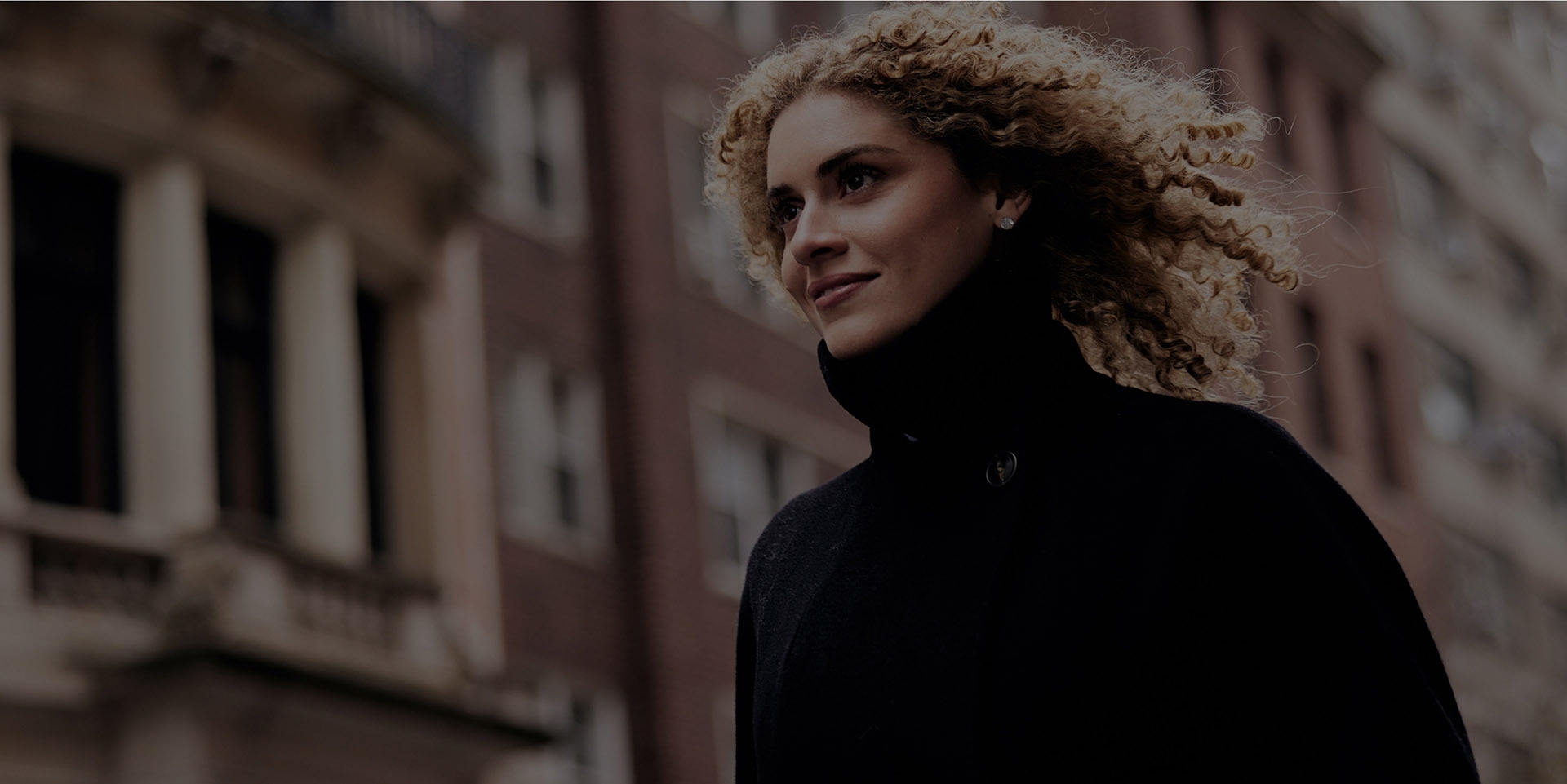If you have considered undergoing a cosmetic procedure to improve the appearance of aging skin, you probably know that sorting through the seemingly endless treatment choices can be overwhelming.
About BOTOX®, Dysport® & Xeomin
At his New York office, Dr. Westreich uses the three leading wrinkle-relaxing treatments, BOTOX® Cosmetic, Xeomin®, and Dysport®, to reduce the appearance of dynamic lines, specifically:
- Crow’s feet or smile lines
- Furrowed brow (the 11s)
- Horizontal creases in the forehead
- Banded creases in the neck
- Low eyebrows
- Other movement associated lines, such as chin dimpling, lines at the sides of the nose, under-eye bulges, and downturned mouth corners.
BOTOX® Cosmetic, Juveau®, and Dysport® treatments contain botulinum toxin type A, the active agent that prompts muscular relaxation. Although the mechanism of action is similar, subtle differences in clinical effects may occur. Dr. Westreich will choose the wrinkle relaxer most appropriate for the patient based on his aesthetic goals, patient preference or sensitivities, and other criteria. All treatments are highly effective and can provide similar results.
- BOTOX® was originally developed for therapeutic uses–such as migraine relief and the control of eyelid spasms. BOTOX® Cosmetic has since secured a place for cosmetic use. Today, BOTOX® Cosmetic is one of the most widely used cosmetic treatments offered. After treatment, patients can see improvements within 3-4 days of the treatment and, in general, can enjoy the benefits of a single treatment for approximately 3-4 months, sometimes longer.
- Dysport® is a related but newer wrinkle-relaxing product than BOTOX® Cosmetic. In some patients, Dysport® may be better tolerated and give marginally faster results than BOTOX® Cosmetic. Like BOTOX® Cosmetic, Dysport® can last for 3-4 months.
- Juveau is another product that has been available for use in the last few years. Its clinical effect and onset are similar to BOTOX® Cosmetic and Dysport®.
- At this time, related products, such as Xeomin and Daxxify are not offered by the practice. Dr. Westreich thoroughly evaluates every product for effectiveness and value before offering it to patients.
During treatment, Dr. Westreich will inject the wrinkle relaxer into the muscle tissue with a very fine needle. To control the outcome, he administers the substance in small doses, precisely calibrating what is needed to induce the muscles to relax. Dr. Westreich has been using this technique, long before microbotox became a widely used term. The injections produce little discomfort and can be done in a short office visit. Because the wrinkle-relaxing procedures are non-invasive, no downtime is required.
Dr. Westreich specializes in achieving a naturally softer appearance through the subtle use of wrinkle relaxers. Using an artistic approach, Dr. Westreich makes injections into selective areas of the muscle, resulting in a more targeted and refined outcome. His technique ensures that the muscles are not overly treated, thus preventing the unwanted frozen look. During your consultation, Dr. Westreich will evaluate your skin and determine if wrinkle relaxers can help you recapture a smoother, more refreshed face.
